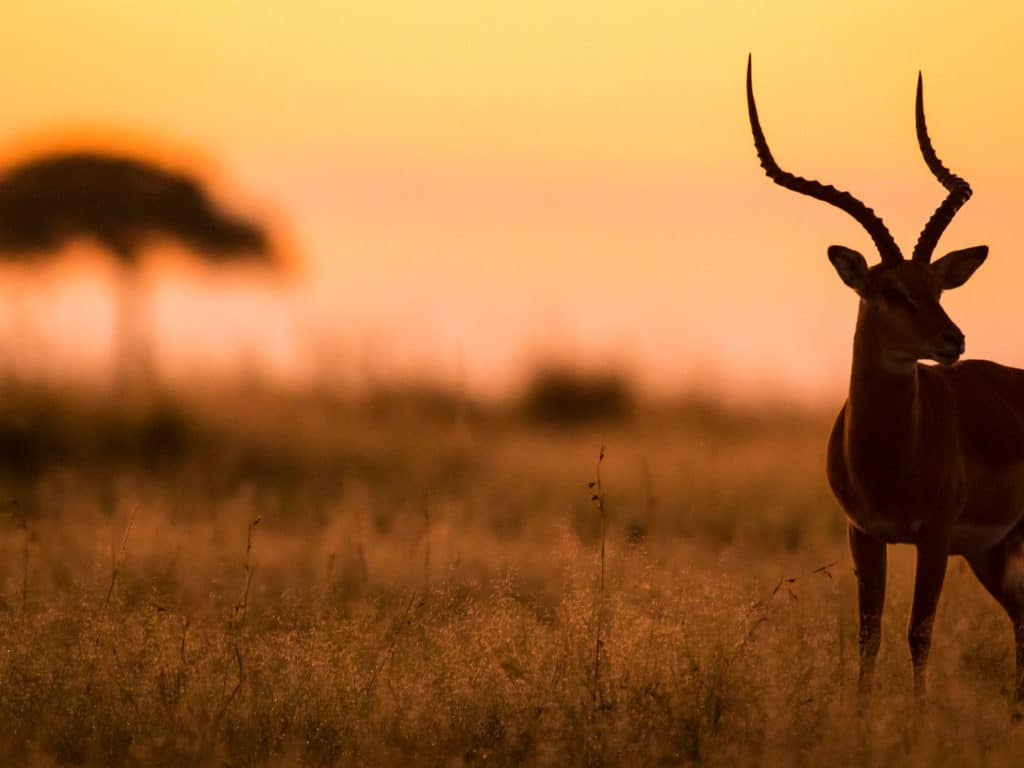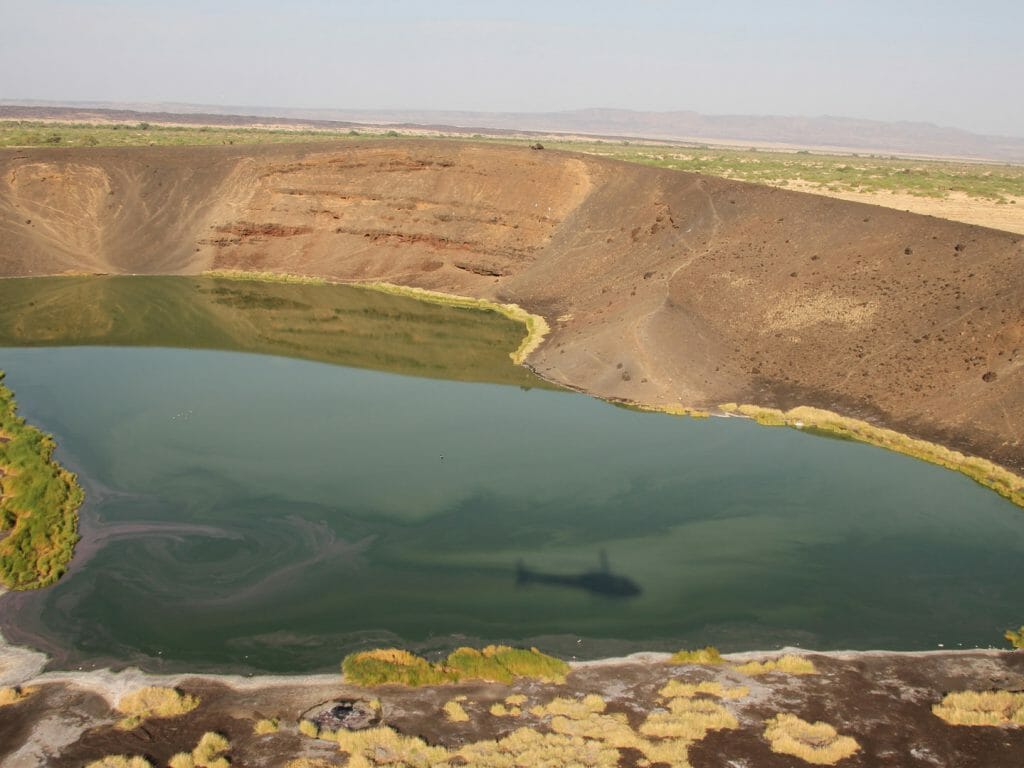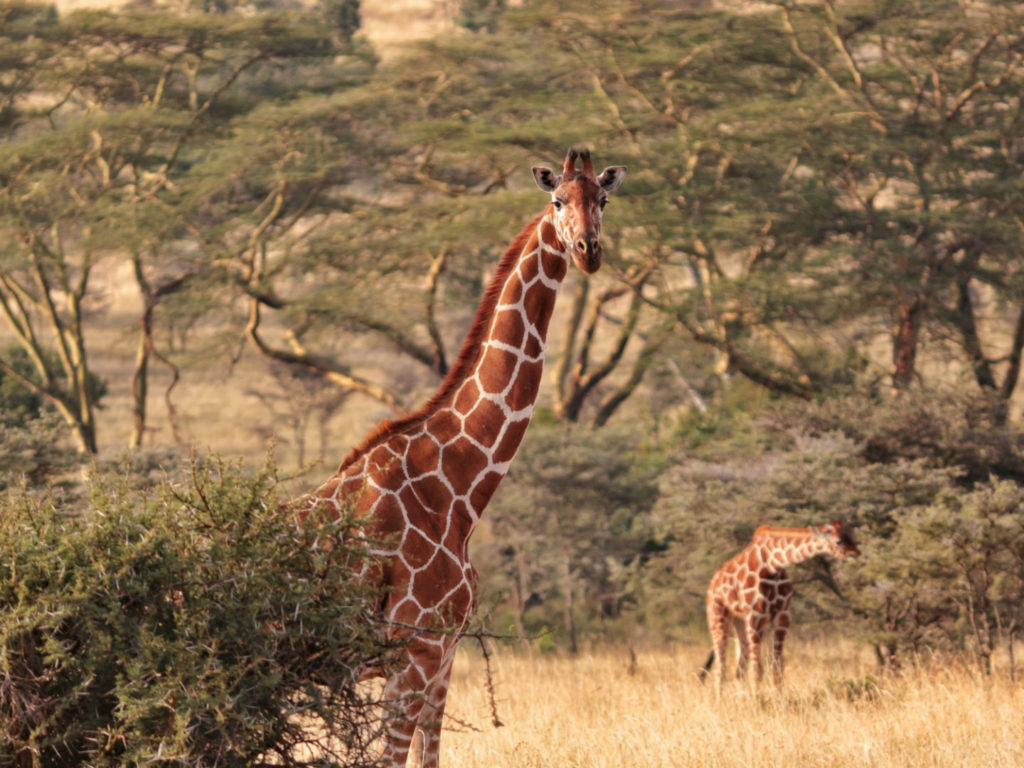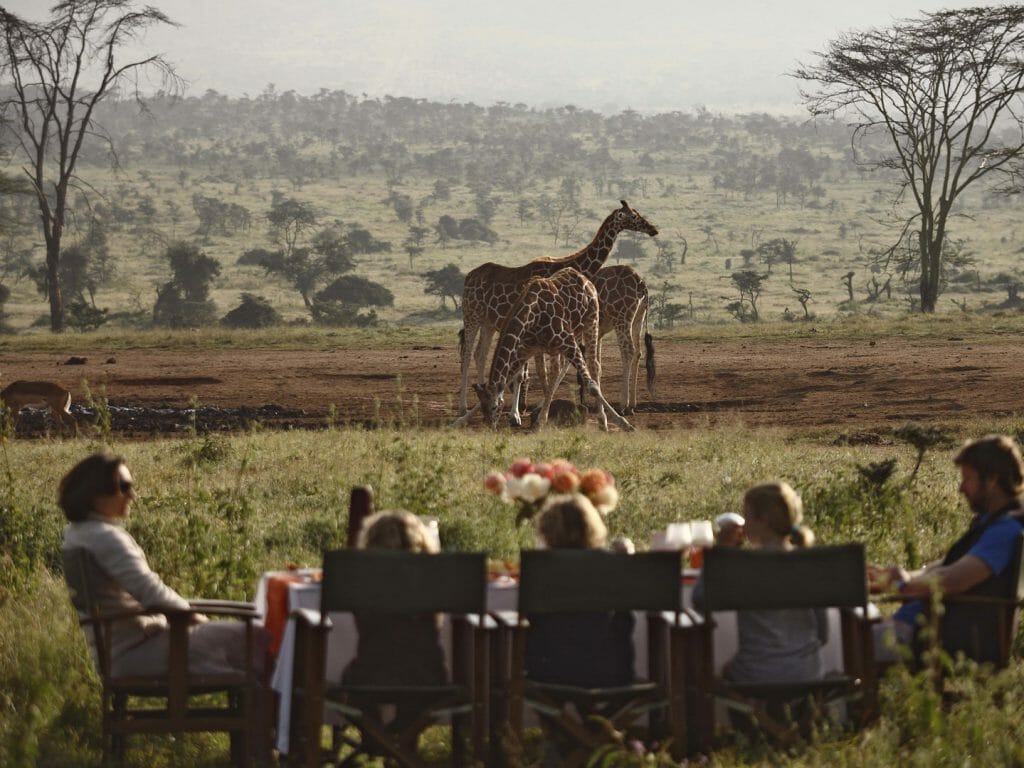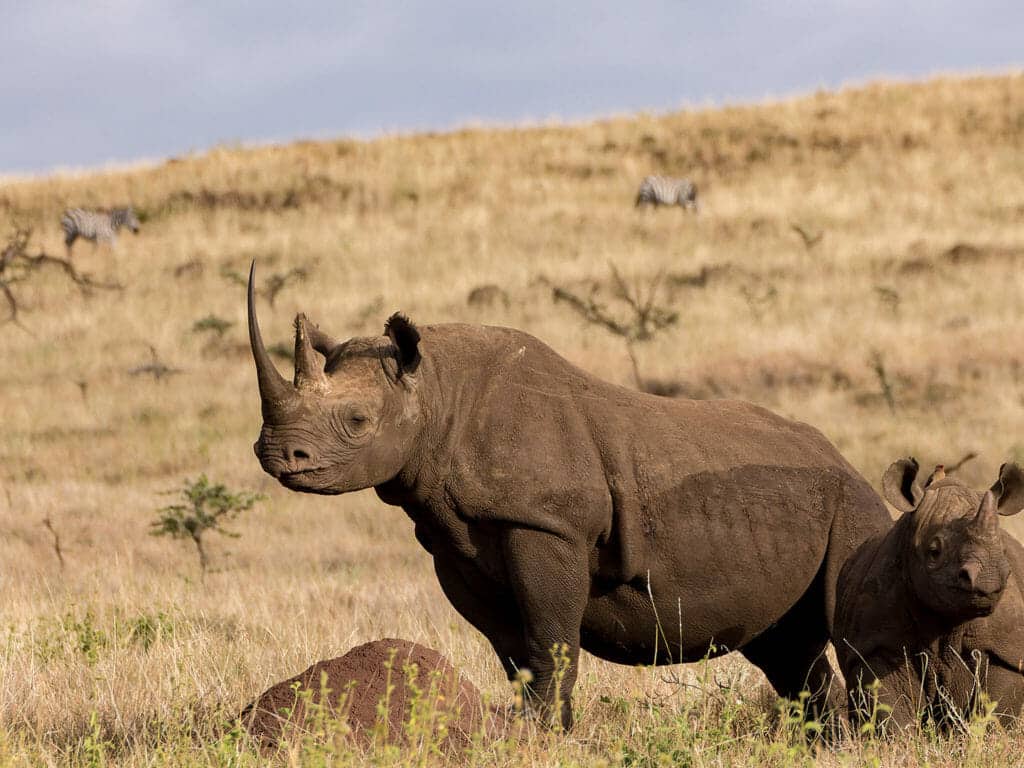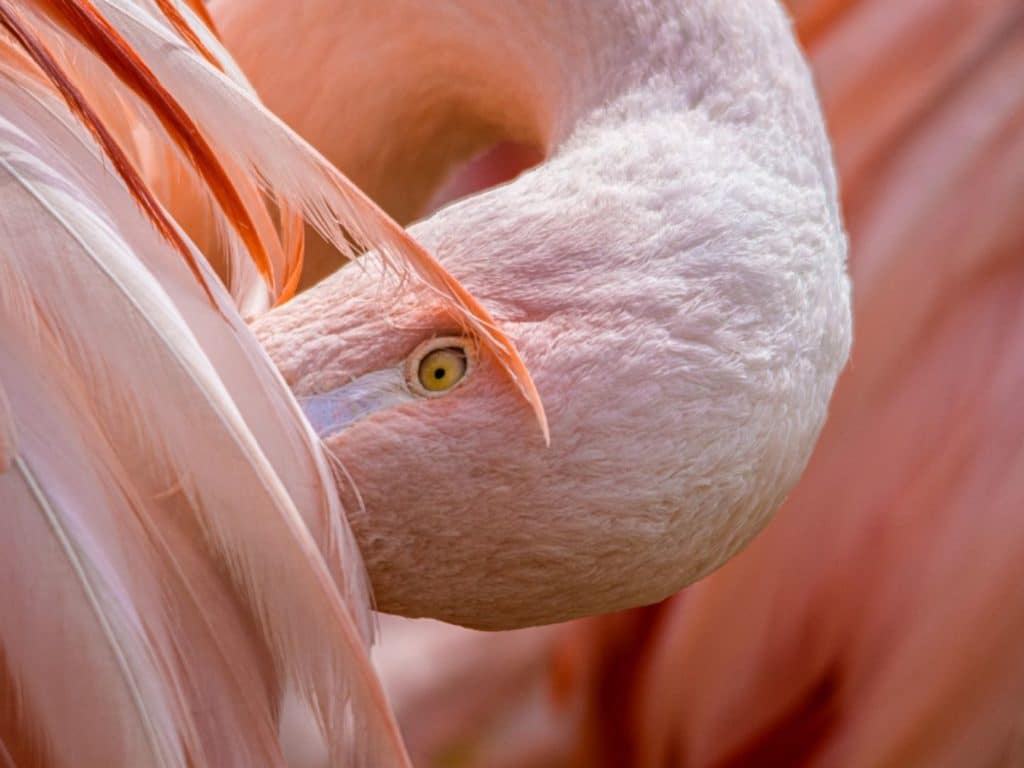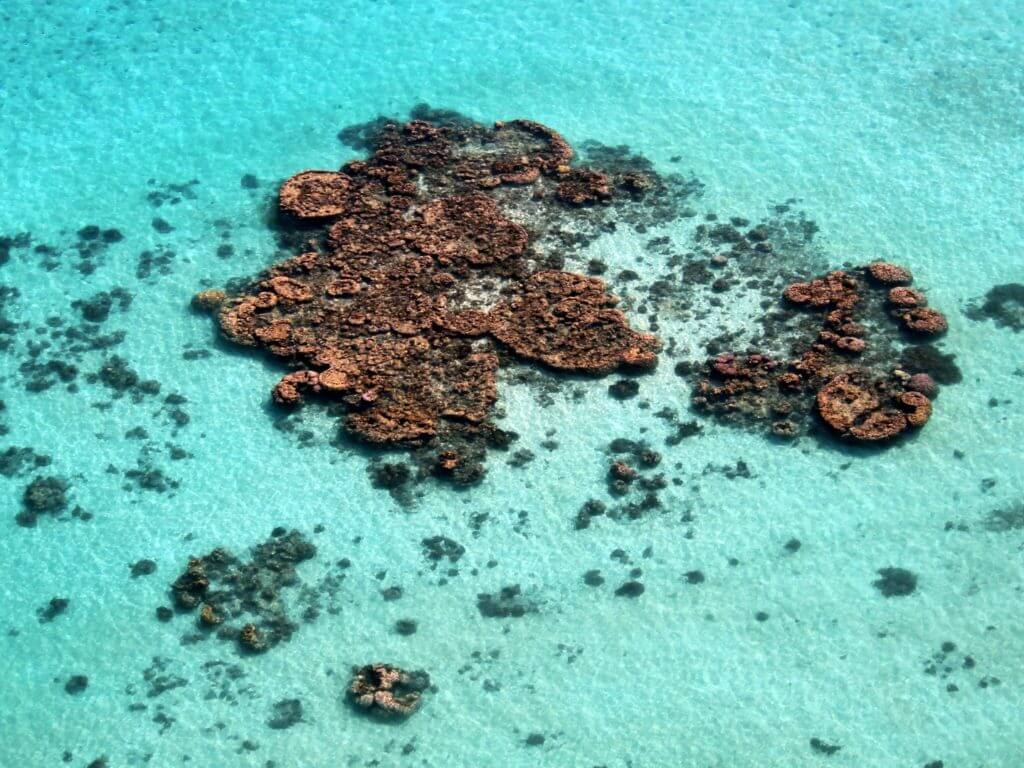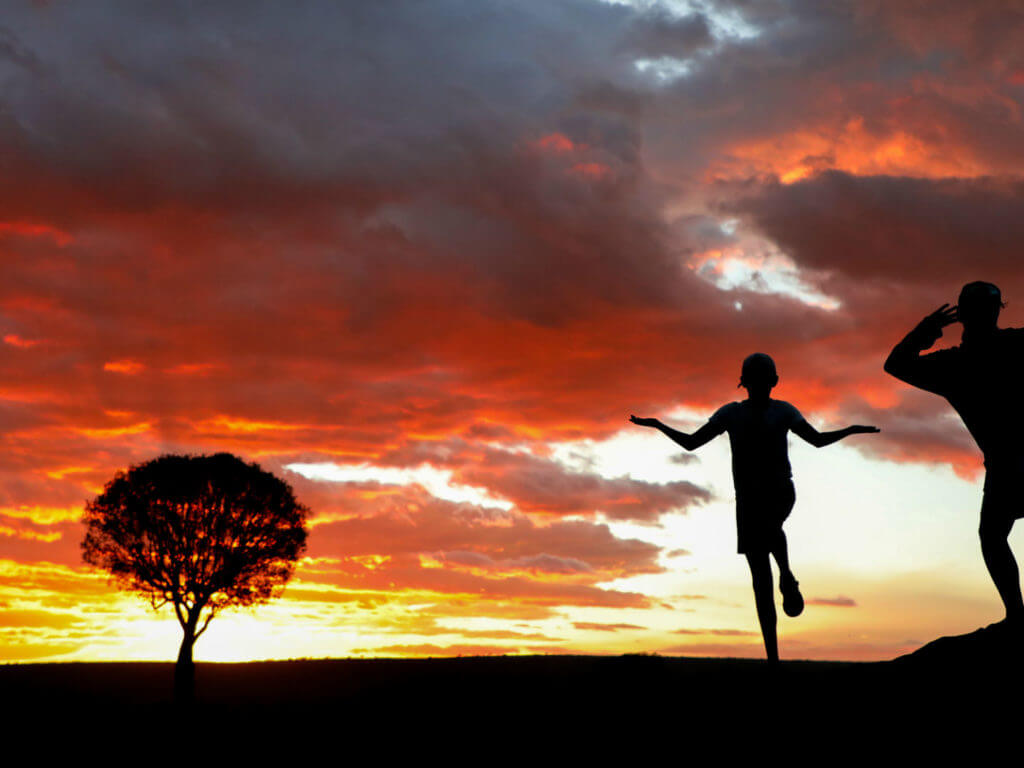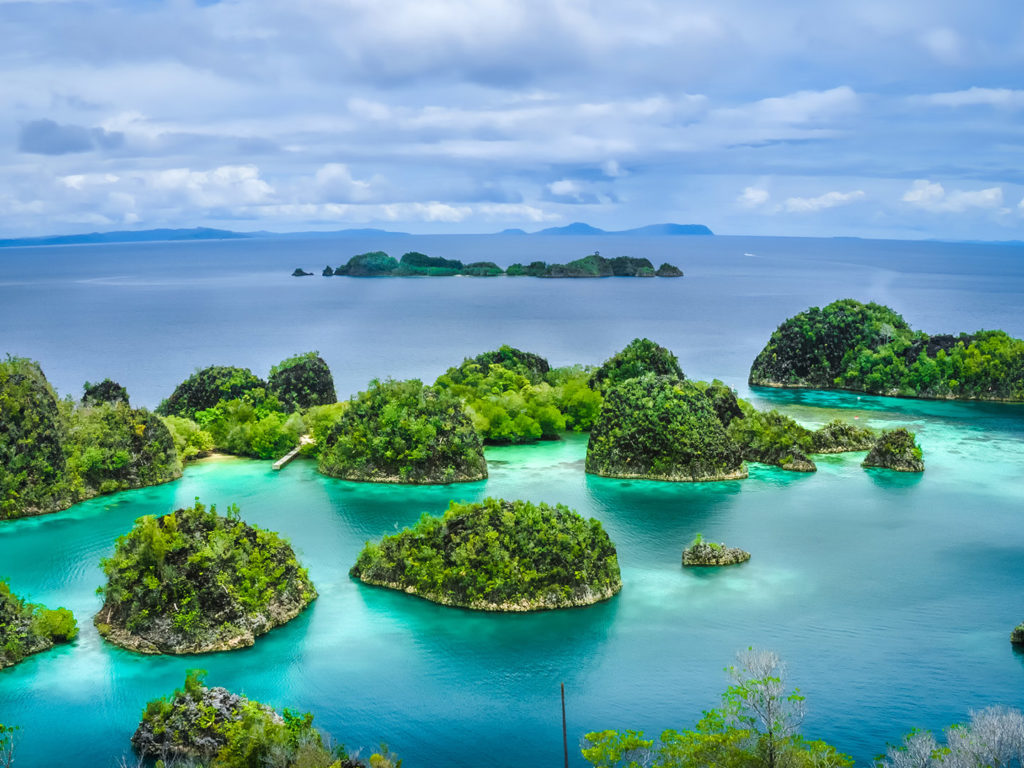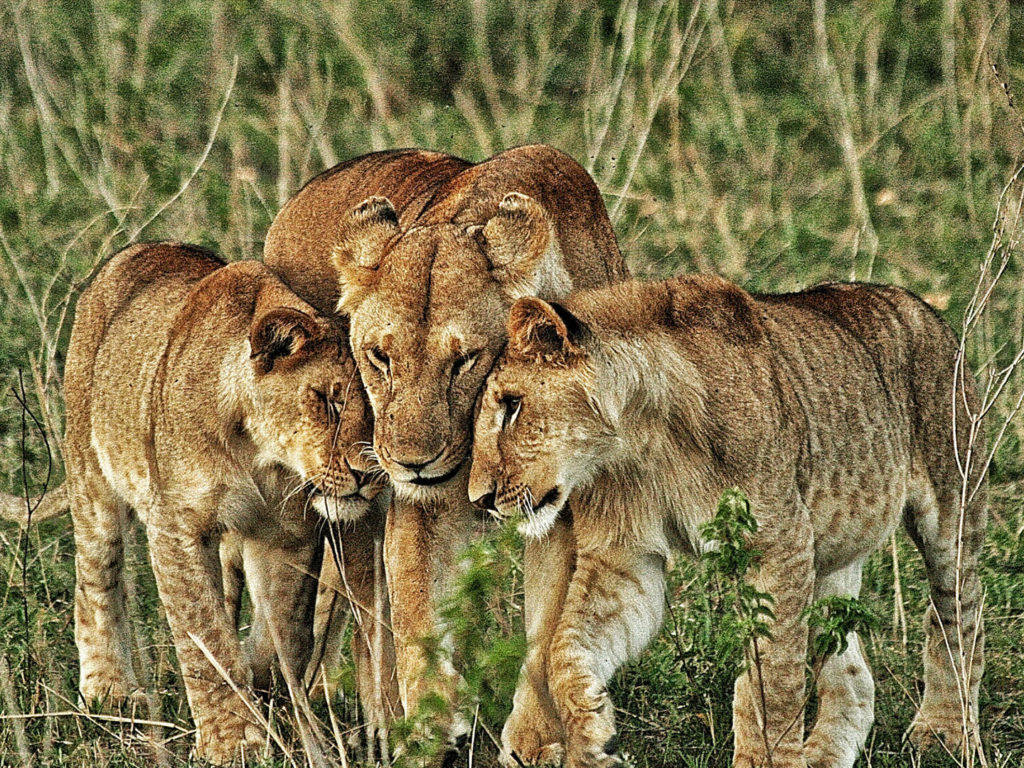Within 30 minutes of arriving at Olkiombo airstrip on the edge of the Masai Mara Nature Reserve I sat admiring a young female leopard seeking shade halfway up an olive tree. She had a fresh impala kill draped over the bower next to her and her relaxed demeanour confirmed that for a leopard, life doesn’t get any better.
“You’ve set the bar very high Moses” I teased my Masai guide.
“Ah, we shall see…” he replied with an air of confidence and a wry smile that confirmed my first impressions; I was in very safe hands.
This was the beginning of 48 hours courtesy of Basecamp, spent at their 2 camps in the Masai Mara, renowned for their exemplary green credentials and strong sense of community-based tourism. My first night was spent at Basecamp Mara, perched on the edge of the Talek River and no more than 5 minutes drive into the Reserve. After a morning “transfer” from the air strip to camp where I saw leopards, cheetah and lion, the afternoon drive was spent in the company of 3 adult male lions who have formed a formidable coalition and have taken to hunting hippos for their main source of food. The next morning’s game drive started quietly as we headed to the Meta Plains, east of the Reserve and an area I was not familiar with. Moses (or Big Moses as all who knew him would refer) stopped the vehicle, reversed 10 feet, stopped and then got out.
“He has been here recently,” he said.
“Who?”
“Kifaru…rhino.”
Having worked in the Mara for 2 years and having been a frequent visitor for 10 years before that, I have never seen a black rhino on the plains of the Mara. We got back in the vehicle and 5 minutes later we stopped again to examine a copious pile of rhino poo.
“This is very fresh, he must be close.”
As we drove away, I checked the setting on my camera for the fifteenth time. With only 46 left in the Mara, I knew how privileged we would be if we were to find a black rhino and I sensed that Moses shared my sense of anticipation. A momentary glimpse of a red-billed ox-pecker was the final sign that Moses needed to home in on the rhino’s whereabouts and as we waited by a croton thicket, hoping the animal would reveal itself, we quietly discussed the plight of the rhino in Africa.
In 1970 there were approx 20,000 rhino in Kenya. By 1990 there were 400. The seemingly insatiable appetite for rhino horn in China and Vietnam is responsible for the demise of one of Africa’s most iconic animals. Used in traditional medicines, it is believed to cure a whole range of conditions, from cancer to baldness and as the demand grows, so does the price and with it the lengths that poachers will go to in their efforts to kill rhinos and cut off their horns. 2 white rhinos, located at a sanctuary in the Greater Mara were recently killed and in the last 9 months, poachers in Lewa have killed 2 black rhinos. With South Africa losing 1 rhino a day to poachers, it is clear that drastic action is required at the highest level before it is too late.
Our rhino appeared exactly where Big Moses had said it would, still with the ox-peckers that had betrayed its location, in attendance. It was a young male, about 2 and-a-half years old and was surprisingly bold, oblivious to the tightrope he and his kind currently walk. No more than 10 meters away, he sniffed the air in our direction, twitched his ears and ambled into the long grass with a lone ox-pecker precariously balanced on the tip of his large horn.


